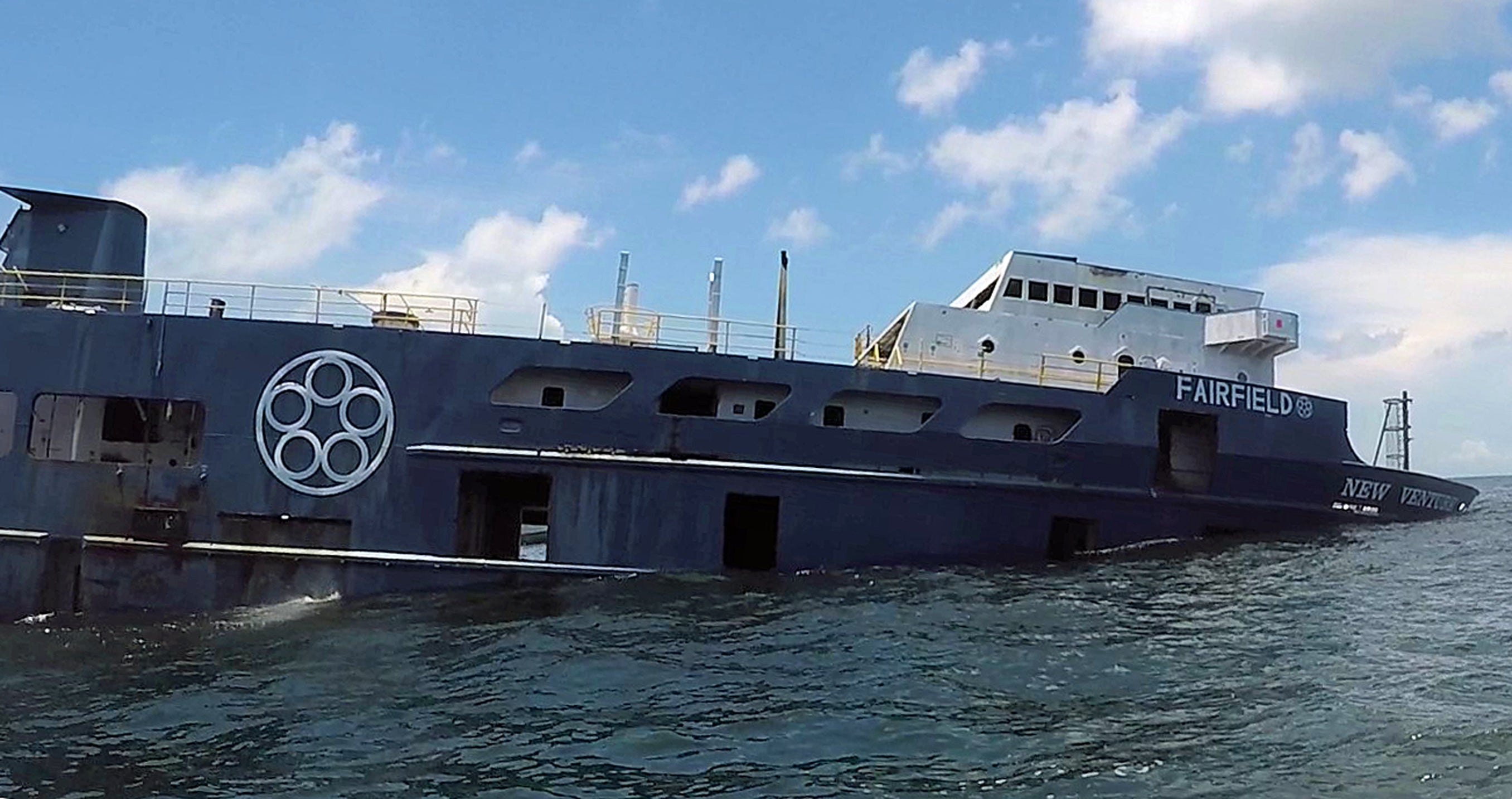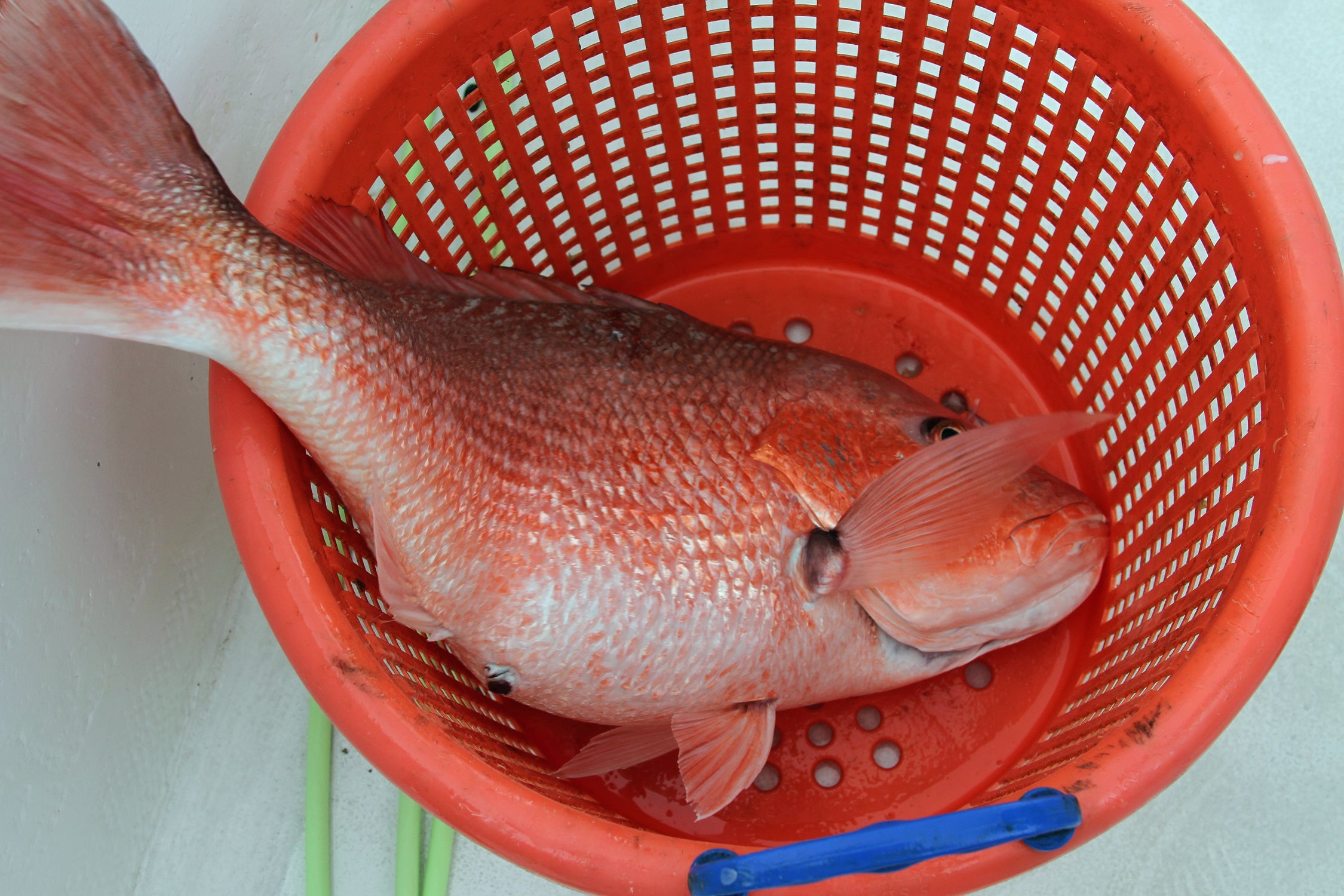By DAVID RAINER, Alabama Department of Conservation and Natural Resources
Although the inaugural Governor’s Restoration Summit had held a firm spot on Governor Kay Ivey’s schedule for months, Hurricane Michael required a change of plans for Governor Ivey as the devastation left in its wake called for her immediate attention. Fortunately, Governor Ivey was able to leave the important business of the Summit under the leadership of Alabama Department of Conservation and Natural Resources Commissioner Chris Blankenship, a man very familiar with the Deepwater Horizon oil spill that initiated the 8-year path to the Summit.
The Summit, held last week at the Spanish Fort Community Center, provided updates on the progress of restoration efforts related to the Deepwater Horizon oil spill as well as the opportunity for public input on proposals for work that will continue for the foreseeable future.
“On the Alabama Coast we all know how it is to go through such a traumatic storm event. Our prayers and thoughts are with the people of Florida, Southeast Alabama and Georgia and Governor Ivey as they deal with the aftermath of the massive storm,” Blankenship said as he opened the Summit.
“The most exciting thing to point out from the Summit is that 122 projects valued at more than $711 million of restoration efforts have occurred or are underway so far in Alabama,” Blankenship said. “We’ve done good work in all these restoration projects, but there is still more work to do. It’s important to have events like this to hear from the public about what’s important to them and what type of projects we need to do moving forward to continue to restore Alabama.
“The settlement from BP will continue to be paid out over 15 years, through 2032, so it’s a long process where we will be doing restoration work, and we want to continue to stay engaged with the public. We want to make sure we provide information about projects that are being done, how those projects are going and listen for what we can do better in the future.”
The Deepwater Horizon oil spill that occurred in 2010 forever changed the way of life along the Gulf Coast from the economic impact to the curtailment of recreational opportunities and property access. In 2016, a settlement was reached with BP to fund restoration efforts and recover economic damages for Alabama and the rest of the Gulf states.
“Each of us has a special interest in preserving our state’s natural resources,” Blankenship said. “I love our coast and what it means to our way of life and quality of life here. This is my home and, for most of you, your home. As Commissioner, I commit to you that we will strive to ensure that our state remains Alabama the beautiful.”
Blankenship said the interest citizens have shown in the state’s natural resources continues to demonstrate that the state’s most valuable resource is the people of Alabama.
“It warms my heart to see so many people who care deeply for Alabama and its natural resources,” he said. “Gov. Ivey also cares very much about the restoration work underway and what still needs to be done.”
Blankenship shared the successes in Alabama from the $711 million allocated for 122 restoration projects to date.
“With these projects, we are improving water quality in Mobile Bay and protecting the Grand Bay Savanna,” he said. “We are protecting oyster habitats, turtle-nesting habitats, bird-nesting habitats and other wildlife. We are restoring the marsh and shoreline at Lightning Point in Bayou La Batre.
“We are expanding public fishing opportunities by restoring the fishing pier at Fort Morgan. We also have the beautiful new Lodge at Gulf State Park that will open on November 2. We are promoting growth in south Alabama’s economy with important infrastructure projects.”
Other types of restoration projects include oyster management, artificial reef construction and research, ecosystem research and improving the stranding response network for marine mammals.
“In case you’ve never heard me say this before, Alabama has the largest artificial reef program in the country,” Blankenship said. “Through this funding, we have been able to build more artificial reefs and do research around those reefs that will continue to provide habitat and production for decades.
“And everybody loves oysters. A lot of work has been done and will be done to restore oysters.”








